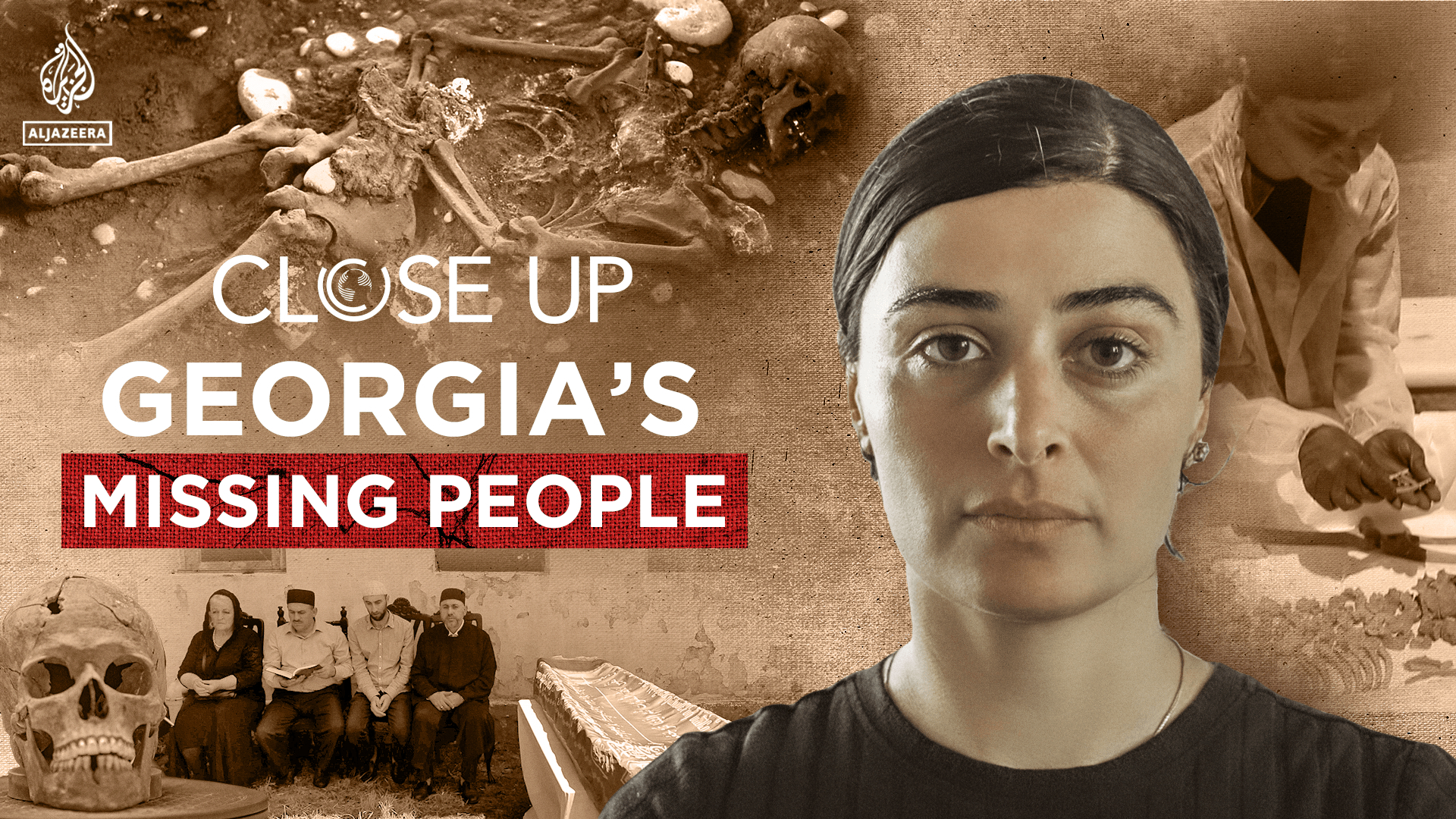
‘Thrown like animals’: Georgians identify victims in Stalin’s mass graves
Al Jazeera
Under Stalin, thousands were executed. Now, victims’ families and experts are trying to heal a national trauma.
Batumi, Georgia – Natalia Kuznetsova stares tight-lipped at the abandoned house her grandfather Hasan Dishli Oglu built in the 1930s. Her father was just a toddler in 1937 when Hasan, then 33, was arrested by the Soviet secret police. He was never heard from again.
“When my father was dying, in his final days, he kept talking about my grandfather, asking why he was shot, where he was taken,” Natalia, 48, recounts. “‘I don’t know where Hasan is’, my father would say. ‘He was thrown somewhere like a dog.’”
Scorched and deserted after a recent fire, the house is a forlorn structure standing in a large plot behind the family home in a village not far from the southwestern Black Sea port city of Batumi.
For Natalia’s father, Iakob Kuznetsov, the house was a daily reminder of Hasan’s disappearance more than 80 years ago, and a symbol of intergenerational grief passed on to Natalia from his deathbed.
Hasan was among the thousands of people rounded up by the Soviet secret police and accused of being “enemies of the state” in a campaign known as the Great Terror. Under the leadership of Joseph Stalin, mass executions of innocent citizens were committed across the Soviet Union in successive waves of repression, and vast numbers of people were deported or sent to prison camps. Many families of those executed never found out what happened to their loved ones.
